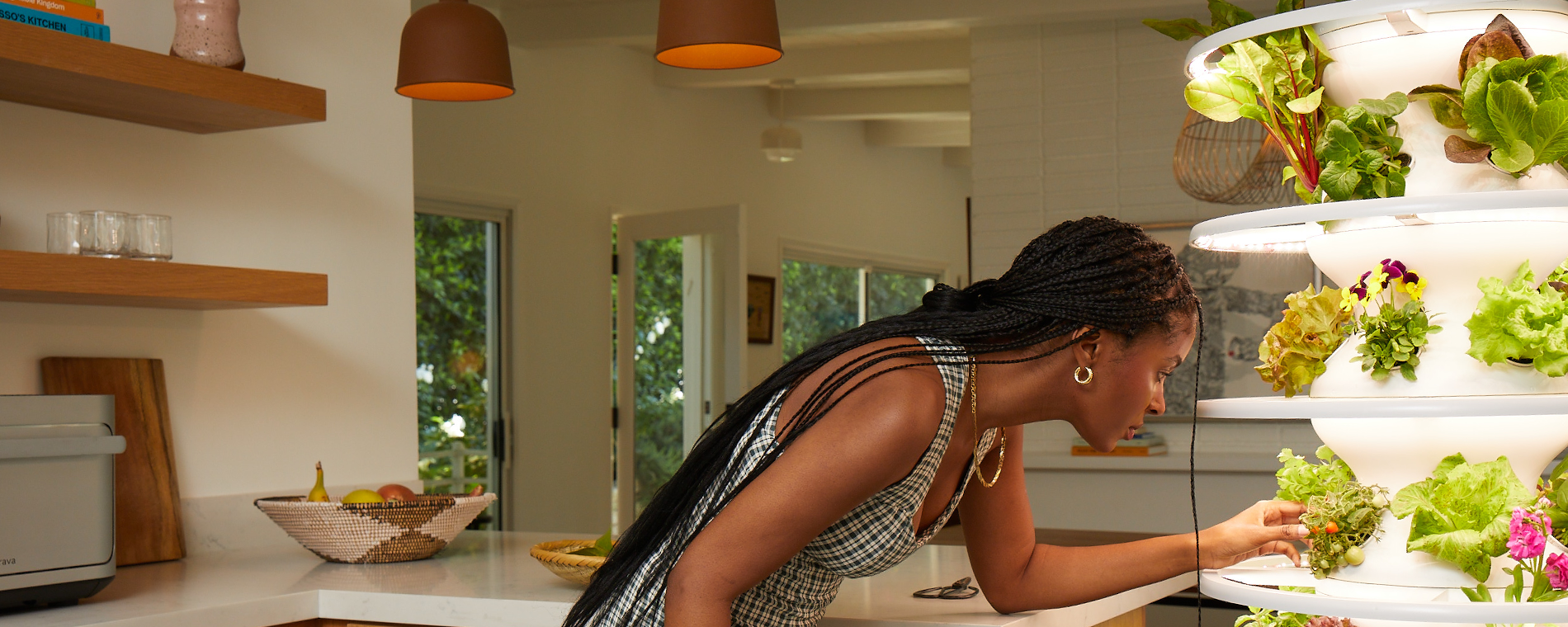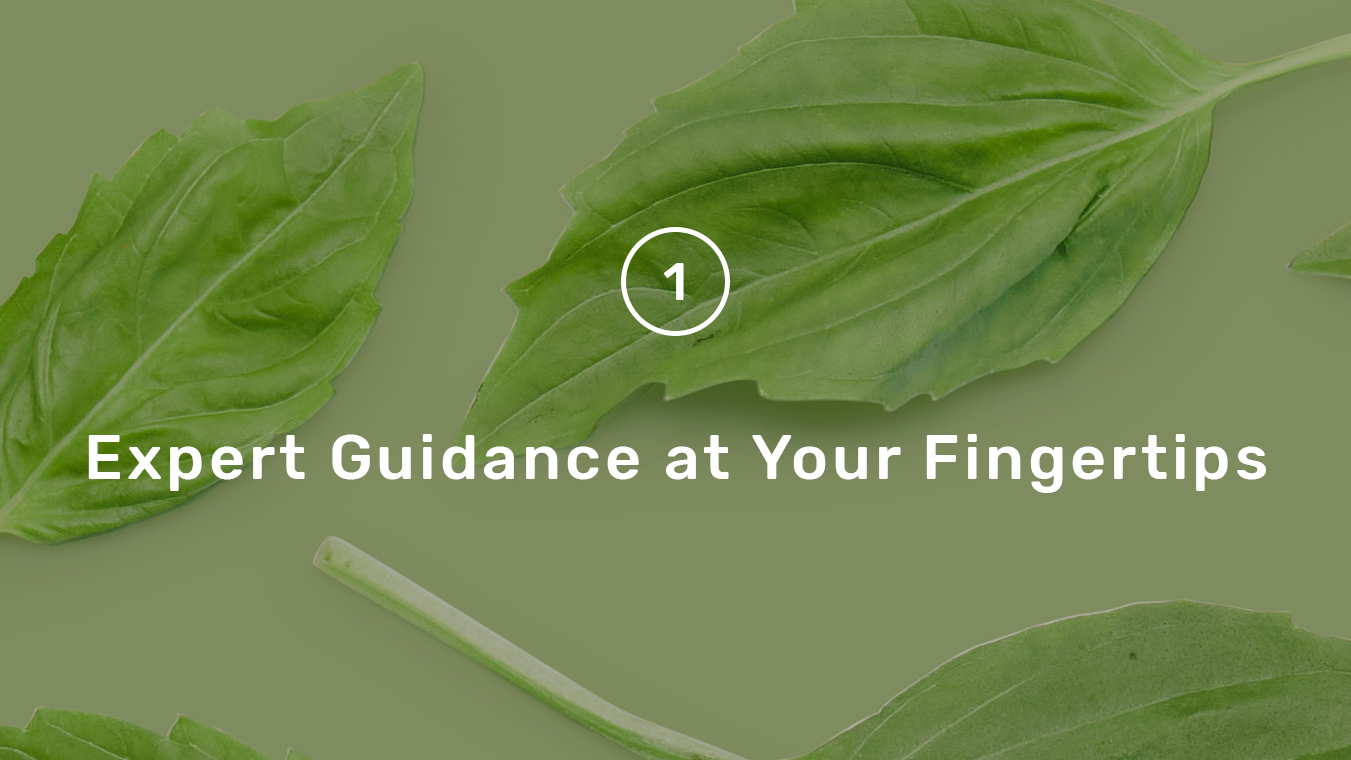Resources Home
Seedling Library
Growing Guide
Getting Started
Growing Tips
Positive Impact
Pest Management
Recipes

What is Scouting?
First things first: We strongly recommend taking the time to observe your plants and look for pests regularly, at least 2-3 times per week. Of course, you may want to scout more or less depending on the age and size of your plants, as well as any existing pest pressure.
For instance, in the greenhouse world, growers typically don’t go more than 72 hours without scouting their crops. Why? Some pests, like aphids, can reach full maturity in as little as 6 days under optimal environmental conditions, and a single adult female aphid can produce between 3-10 nymphs per day. With such a quick reproduction cycle, plants can quickly become infested if they’re left untreated for more than a few weeks. If you’re growing indoors, you’ll want to be especially alert, as natural predators are excluded from the sheltered environment.
Scouting doesn’t require a major time commitment, so we recommend committing to a regular scouting schedule. Who doesn’t love staying ahead of the game? Just be sure to look thoroughly:
They also like to feed on new growth, where sugars are heavily concentrated.
As you scout,
In greenhouse production, expert growers oftentimes use ‘Sticky Cards’ as quick visual guides to signify any pest presence. Growing indoors? You can do the same, right at home!
How to Scout Your Farmstand
Scouting is best done early in the morning or in the evening when pests are most active.
Insects are irritatingly skilled at blending in with their environments. It’s often very difficult to see the insect itself, but it may be much easier to observe signs of their damage or feeding. When scouting,
we suggest looking for signs of damage first. Not sure what pest damage looks like? Check out our common pest guide for more information.
Take time to look at the underside of your leaves. Aphids and caterpillars often like to hang out on the underside of large flat leaves (like lettuce), where they stay cooler and away from direct light.
While plants are small, take time to remove seedlings from your Farmstand and quickly inspect their root health.
Familiarize yourself with root systems and appreciate the beautiful white roots of a strong, healthy seedling.
- If you should happen to find signs of damage, it’s not the end of the world. You’re actually on the right track!
Food production has worked alongside natural insect populations for millennia - and so can you. By scouting regularly and catching problems early on, you’ll have the chance to treat any affected plants and prevent their damage from passing the point of no return.
Dun, dun, dun. If plants are young, you can easily remove them from your Farmstand and gently wash off their leaves. We recommend bringing a bucket of water with you and washing each plant off right by the Farmstand. Avoid as much jostling as you can, since pests like aphids are known to fly away.
If you choose to spray your plants, be sure to read any and all labels in full before you get started. We recommend spraying your plants in the early evening. Growing indoors? Remember to turn off your lights and keep them off until all foliage has dried. Moisture on leaves can have a magnification effect, causing leaf burn under high light levels. Read about best practices for apply pest sprayshere.
- Stay on top of harvesting!
It can be tempting to let your plants get as big as they can. Sure, everyone loves a good prize winner, but you may be providing an optimal environment for pest populations to grow. How so, you ask? When plants are oversized, their leaves can become thick, which not only provides more protection for pests but also tends to foster a bitter taste upon harvesting. For fruiting crops, too much foliage can take away from sugar allocation meant for the fruits themselves. The bottom line? Harvesting crops early has many benefits: Young, tender leaves taste sweeter, and there’s less shading for pest populations to grow unchecked. Plus, by removing large lower leaves, you allow for more airflow around the Farmstand, which can also help alleviate fungal disease pressure.


